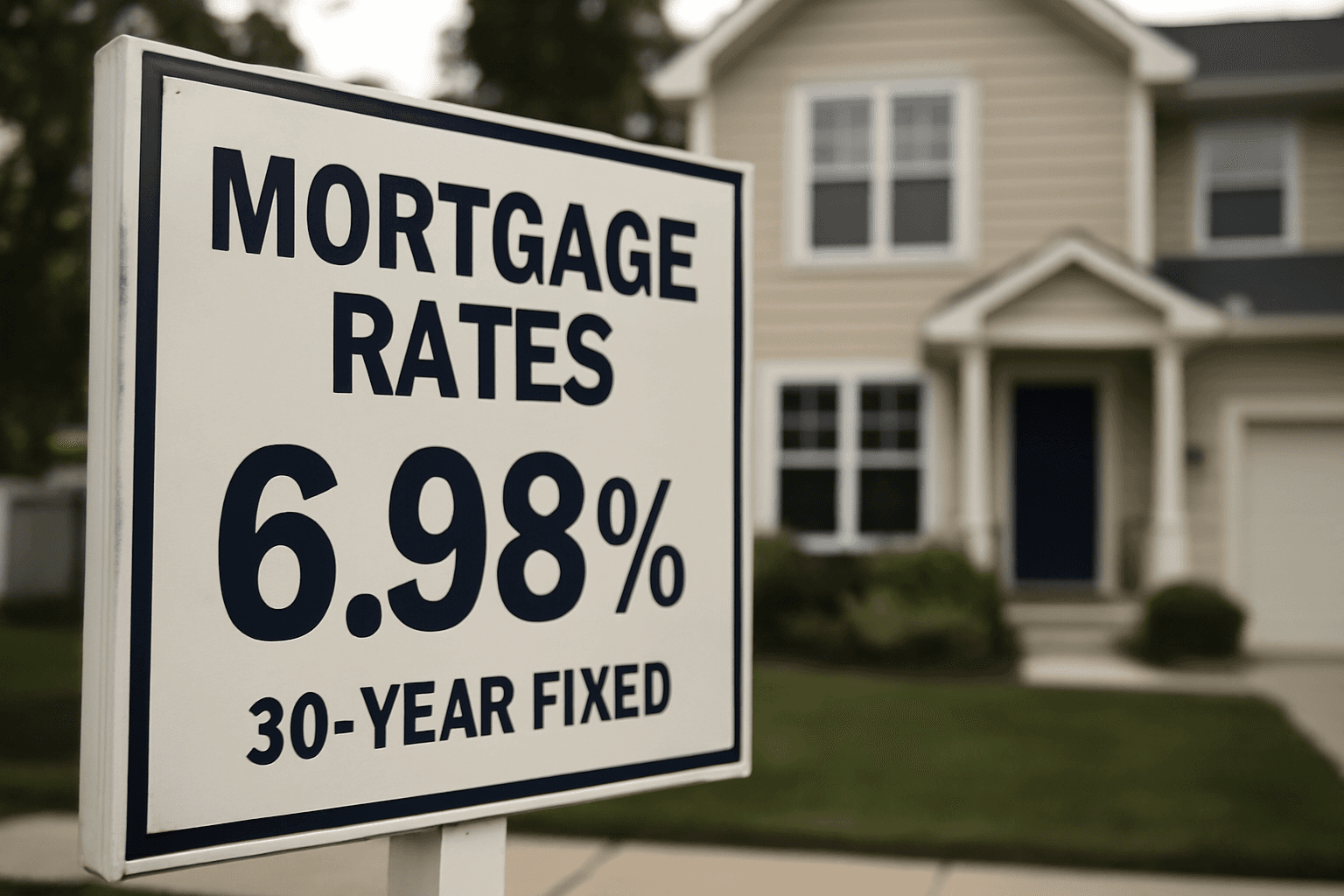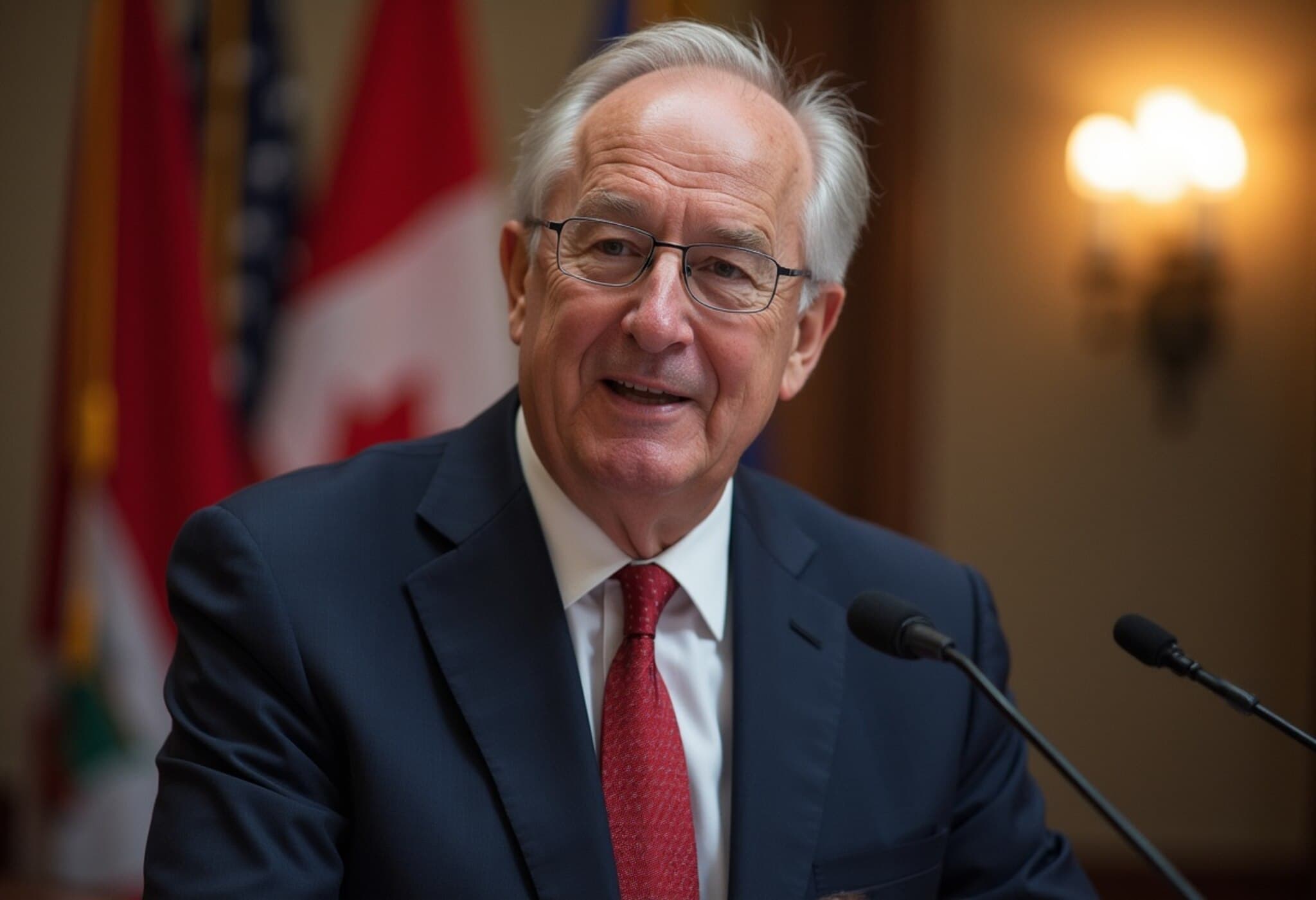Understanding Asia's Rental Landscape in 2025: What It Costs to Rent and Buy a 1-Bedroom Apartment
Navigating the real estate market—whether as a first-time renter or an experienced investor—can often feel like a high-stakes game, especially in Asia’s booming metropolitan hubs. With housing costs dramatically influencing household budgets, knowing the median rental and purchase prices is crucial to making informed decisions.
Expert Guidelines: How Much Should You Spend on Housing?
Financial advisors often cite the 30% rule—recommending that renters spend no more than 30% of their pre-tax income on housing. For prospective homebuyers, the 3x income rule suggests capping mortgage amounts at no more than three times annual household income to avoid financial strain. But do these rules hold consistently across Asia’s diverse real estate markets?
2025 Median Rental and Purchase Prices Across 10 Major Asian Cities
Drawing on updated data from local property portals and government sources, the Global Property Guide presents a detailed snapshot of median asking prices for one-bedroom accommodations in key urban centers.
- Hanoi, Vietnam: Rent - $275/month; Buy - $106,000
- Mumbai, India: Rent - $387/month; Buy - $122,000
- Jakarta, Indonesia: Rent - $400/month; Buy - $46,000
- Phnom Penh, Cambodia: Rent - $550/month; Buy - $100,000
- Kuala Lumpur, Malaysia: Rent - $562/month; Buy - $151,000
- Tokyo, Japan: Rent - $700/month; Buy - $279,000
- Bangkok, Thailand: Rent - $722/month; Buy - $120,000
- Taipei, Taiwan: Rent - $973/month; Buy - $641,000
- Hong Kong: Rent - $2,421/month; Buy - $968,200
- Singapore: Rent - $2,740/month; Buy - $900,000
What These Numbers Tell Us
It’s evident that Southeast Asian cities like Jakarta and Hanoi remain affordable relative to metro giants such as Singapore and Hong Kong, where rental prices soar above $2,400 monthly. This disparity reflects varying economic conditions, land scarcity, and governmental housing policies.
For renters and buyers in the United States considering overseas investments or expatriate living, these benchmarks offer valuable context. They underline the importance of tailoring housing budgets to local market realities rather than relying strictly on conventional affordability rules.
Strategies for Negotiating Rent and Getting More for Your Money
Rental markets, while often competitive, still leave room for savvy negotiation. Experts recommend:
- Conducting thorough market research to compare similar listings in your neighborhood.
- Negotiating not just the rent but also additional fees or requesting furnished units.
- Continuing rent negotiations even after signing, by leveraging your record as a good tenant.
Financial author Ramit Sethi highlights the power of a candid, data-driven conversation with landlords. A well-crafted proposal emphasizing stability and market trends can lead to meaningful savings—sometimes thousands annually.
Looking Ahead: What Renters and Buyers Should Keep in Mind
As remote work upends traditional housing demands and urban development shifts, prospective tenants and buyers should remain adaptable. Affordability is just one piece of the puzzle; proximity to work hubs, quality of life, and potential property appreciation also factor heavily into choosing the right home.
Editor's Note
Understanding diverse housing costs across Asia offers essential insights for global citizens evaluating relocation or investment options. However, the rigid 30% or 3x income rules might oversimplify complex markets influenced by unique local factors. This compels renters and buyers to develop nuanced strategies, combining data savvy with negotiation skills to optimize both affordability and living standards.
Readers are encouraged to consider broader socio-economic contexts and evolving urban policies in these cities, as such dynamics will continue shaping housing markets in the years to come.











